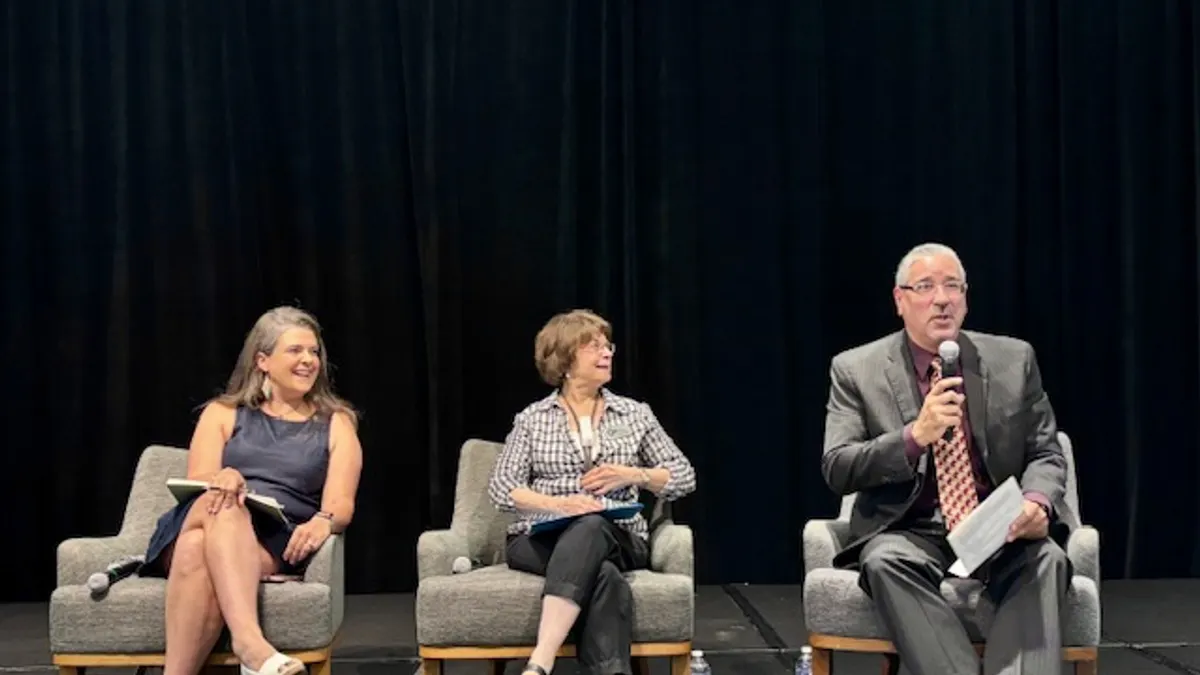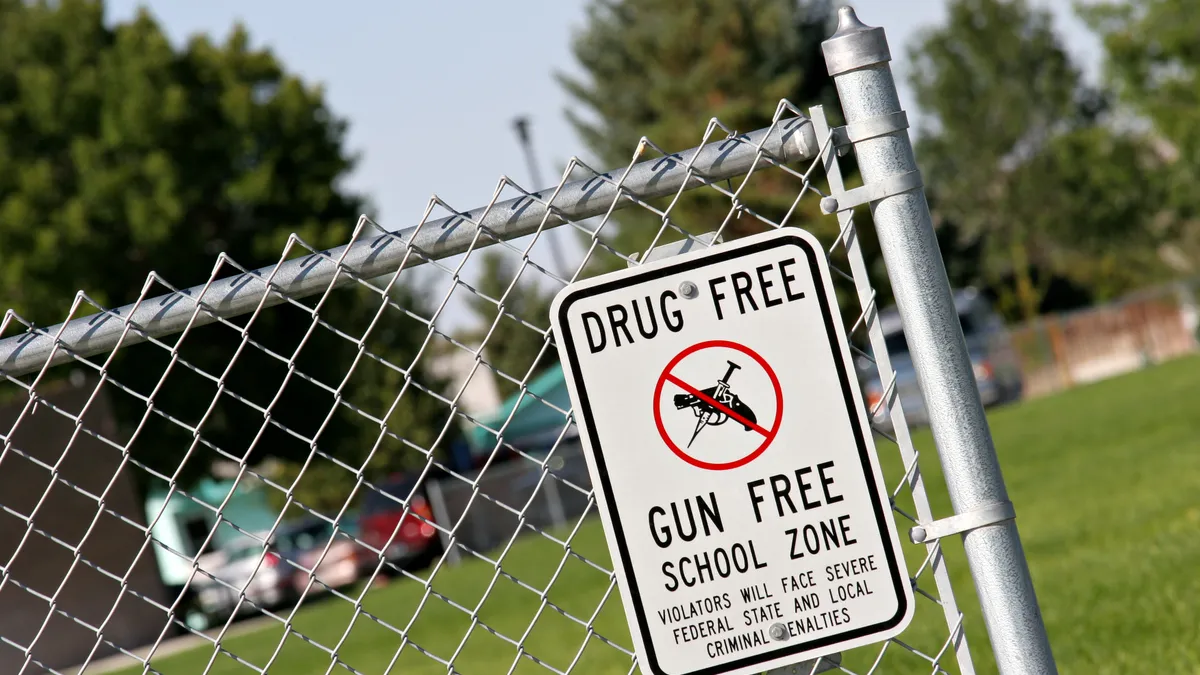AUSTIN, Texas — When George Floyd was killed by Derek Chauvin in the streets of Minneapolis in May 2020, it was a student in the district who filmed Floyd's murder. That was just the beginning of what would become an increasingly charged racial climate in the months to come.
"They had to walk by and smell the smoke after the protests and see their groceries stores torn down," said Derek Francis, manager of counseling services for Minneapolis Public Schools in Minnesota, during the American School Counselor Association annual conference last week. "I saw the impact on students so much."
When Breonna Taylor was killed in Louisville, Kentucky, two months before Floyd, teachers also needed support ranging from time off to individual and group counseling, said Michelle Sircy, district school counseling specialist for Jefferson County Public Schools in Taylorsville, Kentucky.
Yet efforts to integrate racial equity lessons, raise awareness in schools, and even address racial inequities in classrooms perpetuated by staff are often met with pushback, said multiple counseling experts at the conference.
Recent racially motivated crimes like the Buffalo, New York, grocery store shooting of 10 Black people by an 18-year-old only highlights the need to push forward with these efforts regardless, Francis said.
"It's affecting our younger kids …we're ringing the alarm bells," he said. "That kid was in someone's school for 12 years."
Build relationships with teachers
One way to impact more students is by impacting more teachers, said Blaire Cholewa, associate professor in the counselor education program at the University of Virginia, in a separate breakout session on July 10 during the ASCA conference.
This means confronting teachers whose racial biases surface in the classroom. "They're not thinking about race, that's kind of besides the point [for them]," said Joseph Williams, another associate professor in the UVA counselor education program.
To prepare for a race-related consultation with a teacher, counselors can gather and disaggregate data, experts said. They may find, for example, that one teacher accounts for a disproportionate number of Black student referrals.
These are the teachers whom counselors should build relationships with, Cholewa said. "Oftentimes the people who are the most resistant" are the ones where this is needed the most, Cholewa said.
Counselors can also identify staff who are allies in the effort to achieve racial equity in the building. "This is an ongoing process, it's not a one and done," Sircy said. "We have to spread that out to our colleagues and pull more of them in."
"There are certain teachers in the school that do have a lot of power that are on board, so how do you get them on your team?" Cholewa added. "Pay attention to who has power and who has pull."
Address those who resist
Teachers whose biases are reflected in their jobs may shut down at first, Cholewa and Williams warned. And these conversations will be uncomfortable, especially at first, for both the counselor and the teacher, they added.
"Tension and conflict is a necessary part of change. They should be offended the first time they hear this," Williams said. "If anything, hopefully they're so pissed at me that they want to prove me wrong."
In terms of raising racial consciousness in schools, Williams said, counselors should be "planting seeds that germinate later."
But if a teacher continues to resist their own biases, counselors can shift the conversation to students' experiences in the teacher's classroom. "They're picking it up, they're noticing who gets called on and who doesn't get called on." said Williams. "Who does she joke with, and who doesn't she joke with?"
Select interventions for change
For tangible results, counselors can select some areas for teachers to self-monitor. For instance, they might look at how they deal with discipline, how they teach their lessons, and how they manage their classrooms.
Self-monitoring may not be effective for teachers who continue to resist the idea that they have racial biases. Instead, those teachers should be moved to a state of "contemplation," Williams said. This may include providing them with professional development, having counselors sitting in on committee meetings to advocate for change, and having counselors find the changemakers within the school system who can help.
"If you're not doing equity work in your building, you're not doing the work of a school counselor," said Sircy. "You might be doing the work of a clerk … but not [of] a school counselor."





















